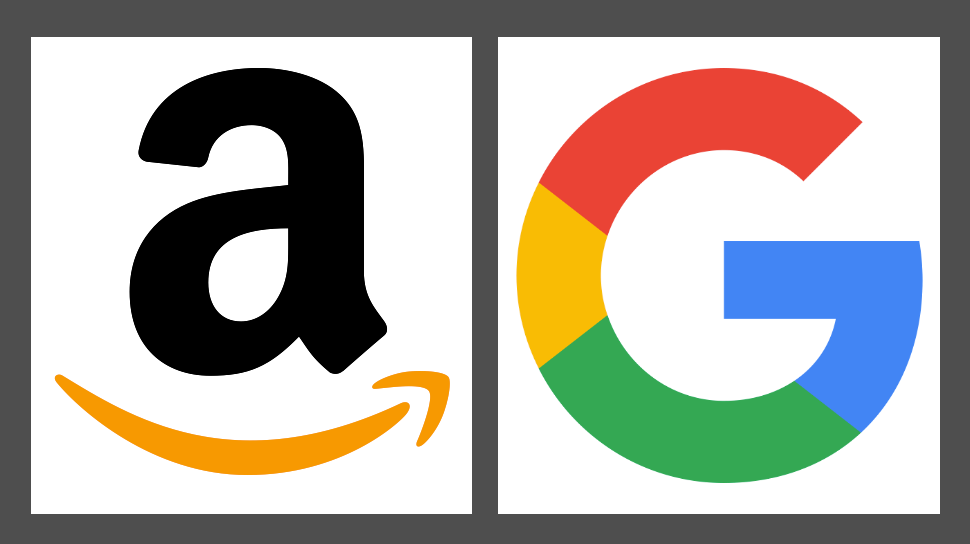Google Plays Catch-up to Amazon in Product Search
Google is the underdog in product search. The company is aggressively trying to close the gap.

Amazon’s rise as the top destination for product search is one of the more compelling developments in the industry.
